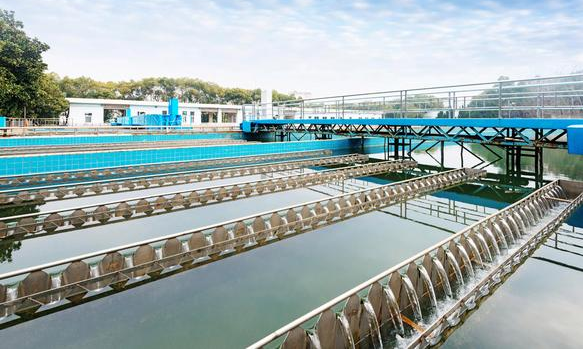Differences and applications of coagulants and flocculants
In water treatment processes, coagulants and flocculants are two types of crucial chemical agents.
1. Common coagulants and their characteristics
(1) Inorganic coagulants:
Aluminum salts: such as aluminum sulfate (Al₂(SO₄)₃), capture suspended particles by generating aluminum hydroxide flocs.
(2) Iron salts: such as ferric chloride (FeCl₃) and ferric sulfate (Fe₂(SO₄)₃), achieve coagulation by generating ferric hydroxide flocs.
Characteristics: Inorganic coagulants react quickly and are inexpensive, but are sensitive to pH and produce a large amount of sludge.
(3) Organic polymer coagulants:
Polyaluminum chloride (PAC): forms flocs through charge neutralization and bridging, and has a wide range of applications.
Polyacrylamide (PAM): has strong bridging adsorption capacity and can significantly improve the flocculation effect.
Characteristics: Organic polymer coagulants require a small amount of addition, have good flocculation effects, and are widely applicable, but are relatively expensive.
2. Common flocculants and their characteristics
(1) Anionic flocculants: such as sodium polyacrylate (PAA), which enhances floc stability through the interaction of its anionic groups with the cationic groups on the surface of suspended particles.
(2) Cationic flocculants: such as polydimethyldiallyl ammonium chloride (PolyDADMAC), which promote particle aggregation through the neutralization of the negative charge of suspended particles and adsorption bridging effects by its cationic groups.
(3) Nonionic flocculants: such as polyvinyl alcohol (PVA), which enhance the formation and precipitation of flocs through the physical adsorption of molecular chains.

3. The difference between coagulants and flocculants
(1) Mechanism of action:
Coagulants: neutralize the charge of suspended particles through chemical reactions, causing them to aggregate into flocs.
Flocculants: aggregate the generated small flocs into large flocs through physical adsorption and bridging effects.
(2) Application purpose:
Coagulant: mainly used for preliminary removal of suspended solids and colloids.
Flocculant: used to optimize and strengthen the coagulation process, improve floc quality and sedimentation efficiency.
(3) Chemical properties:
Coagulant: includes inorganic salts and organic polymer compounds.
Flocculant: mainly high molecular organic compounds with strong bridging adsorption capacity.